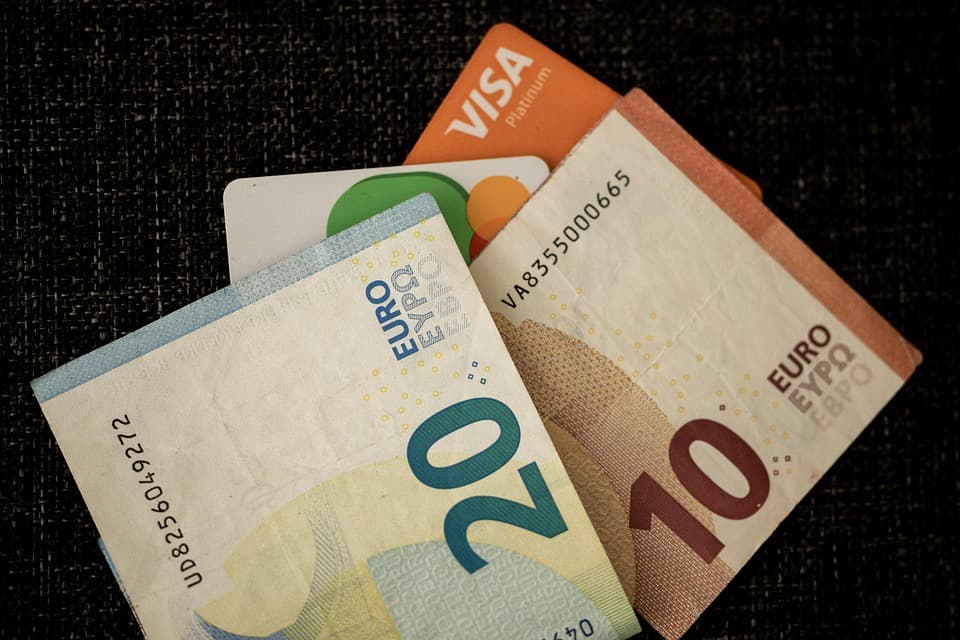When to send an invoice: the right timing to get paid faster

Introduction
You've completed your service, your client is satisfied, and you're about to send your invoice. But when exactly should you send it to maximise your chances of being paid quickly?
The answer is not trivial. The invoicing delay and the moment you send your invoice have a direct impact on your cash flow. Sending an invoice too late, on the wrong day of the week, or at an unsuitable time can extend your payment delays by several days, even weeks.
Yet most freelancers and SMEs don't pay enough attention to this timing. They send their invoices "when they think of it", without a clear strategy. Result: invoicing mistakes that impact their cash flow.
In this article, you'll discover the concrete rules for optimising the timing of your invoices: the best moments according to your type of service, the days and times to favour, the psychological principles that accelerate payments, and how to automate all of this so you don't have to think about it anymore.
📌 Summary (TL;DR)
The timing of sending your invoices directly influences your payment delays. Send your invoices immediately after the service for one-off assignments, on a fixed date for recurring ones, and favour the beginning of the week (Tuesday-Wednesday) in the morning. Respect recency and predictability to facilitate processing by your clients.
Automate your invoicing with a dedicated tool to send your invoices at the optimal moment without manual effort, and thus improve your cash flow.
📚 Table of contents
- Why invoice sending timing impacts your payment delays
- The best times to send an invoice according to your situation
- The days and times to favour (and those to avoid)
- The psychological rules that accelerate payment
- Checklist: the 7 points to check before sending your invoice
- How to automate perfect timing with the right tools
Why invoice sending timing impacts your payment delays
The moment you send your invoice directly influences payment speed. Companies operate according to precise budgetary cycles: internal validation, accounting processing, payment schedule.
An invoice sent at the wrong time can end up at the bottom of the pile, postponed to the next cycle. Conversely, an optimal invoicing delay increases your chances of being paid on time.
The temporal proximity between service and invoicing also plays a role: the closer the sending is to delivery, the clearer the value remains in the client's mind. A gap of several weeks creates a psychological distance that slows down payment.
The best times to send an invoice according to your situation
The ideal invoice sending moment varies according to your business model. Adapting your timing to your professional situation optimises your optimal invoicing cycle.
Three main scenarios require different approaches to maximise your chances of quick payment.
For one-off services
Invoice immediately after delivery. This is the golden rule for consultants, graphic designers, developers or any professional on a one-off assignment.
The principle of temporal proximity is simple: the value of your service is fresh in the client's mind. They've just received the deliverable, they directly measure its usefulness.
Waiting several days or weeks dilutes this perception. The client may even forget certain project details, which generates questions and delays payment.
For recurring or fixed-price assignments
Establish a fixed schedule: beginning of month, end of month, or contractually agreed date. This predictability facilitates your client's budgetary planning.
Your cash flow also becomes more predictable. You know exactly when payments arrive, which simplifies your financial management.
Define this rhythm from the first contract. A clear routine from the start avoids ambiguities and reinforces your professionalism.
For long-term projects
Favour milestone invoicing: as soon as a stage is validated, invoice it. Don't wait for the complete end of the project.
This approach avoids accumulating large amounts that frighten clients and delay payments. Smaller, regular invoices go down better.
The optimal timing: invoice within 48 hours of validating a milestone. This maintains the direct link between delivery and payment throughout the project.
The days and times to favour (and those to avoid)
Beyond the service context, the day and time of sending influence your invoice's visibility in the client's mailbox.
Company work cycles follow predictable patterns. Adapting your timing to these rhythms increases your chances of quick processing.
The best days of the week
Tuesday, Wednesday and Thursday are the optimal days. On Monday, mailboxes overflow after the weekend. Your invoice risks getting lost in the flow.
On Friday, attention relaxes with the prospect of the weekend. Financial decisions are often postponed to the following week.
Exception: for large companies with monthly budgetary cycles, the end of month can be strategic if their payments are grouped during this period.
The ideal sending time
Aim for mid-morning (9am-11am) or early afternoon (2pm-3pm). These slots correspond to administrative task processing times.
Avoid late sending (after 5pm) or during lunch break. Your email risks being drowned in accumulated messages.
Adapt according to client profile: a micro-business checks its emails differently from a large company. Automation allows you to schedule sending at the optimal moment without thinking about it.
The psychological rules that accelerate payment
Beyond practical considerations, certain behavioural principles influence the willingness to pay quickly.
Understanding these mechanisms helps you optimise your invoicing strategy to reduce delays.
The principle of recency
The closer your invoice arrives to the service, the more clearly the client perceives the value received. The cause-effect link remains obvious.
A delay of several weeks creates a psychological distance. The client may wonder "what was that for again?", which generates hesitation and postponement.
This temporal proximity also reinforces the perceived legitimacy of your payment request.
Consistency and predictability
A regular rhythm creates clear expectations. Your client knows when your invoice arrives and can integrate it into their own payment cycle.
This predictability reduces questions and objections. No surprise, no friction.
It also reinforces your perceived professionalism: you're organised, reliable, serious. These elements unconsciously facilitate the decision to pay quickly.
Checklist: the 7 points to check before sending your invoice
Before each sending, check these elements to maximise your chances of quick payment:
- Service completely delivered and validated: never invoice before actual completion
- Mandatory information present: contact details, invoice number, date, service details
- Amount and VAT verified: errors = guaranteed delay
- Compliant QR-code generated: mandatory in Switzerland to facilitate payment
- Personalised email with context: brief reminder of the project concerned
- Optimal day and time: Tuesday-Thursday, 9am-11am or 2pm-3pm
- Automatic reminder programmed: anticipate follow-up
A tool like BePaid automates several of these checks and reduces common invoicing mistakes.
How to automate perfect timing with the right tools
Manually managing optimal timing for each invoice quickly becomes impossible at scale. Between different clients, projects and deadlines, oversights and delays accumulate.
An invoicing solution like BePaid automates these aspects: scheduled sending at the optimal moment, automatic reminders according to your schedule, real-time payment tracking.
The concrete advantages: considerable time saving, guaranteed regularity, no forgotten invoices. You define your strategy once, the system applies it systematically.
Unlike Excel or manual management, the automation features free you up to focus on your core business. At 20 CHF/month, it's accessible even for freelancers.
The timing of sending your invoices is not a detail: it directly influences your payment delays and your cash flow. By sending your invoices at the right time, immediately after completing the service for one-off assignments, mid-week between 9am and 11am, with regularity for recurring contracts, you maximise your chances of being paid quickly.
Consistency and predictability reinforce your professional credibility, whilst the principle of recency plays in your favour. Don't forget to check your checklist before each sending: complete contact details, compliant QR-code, clear payment deadline and unique reference number.
To save time and no longer worry about perfect timing, BePaid automates the sending of your invoices and tracking of your payments. Create QR-invoices compliant with Swiss standards in a few clicks, schedule your automatic reminders and keep control of your cash flow. Test free of charge up to 10 invoices and 5 clients.


